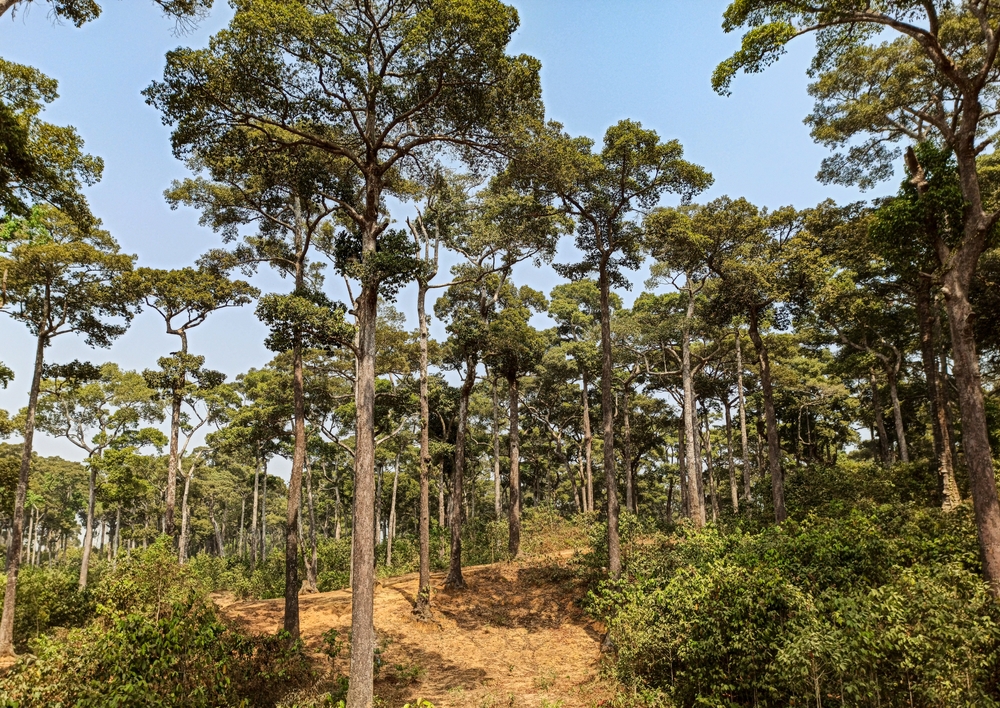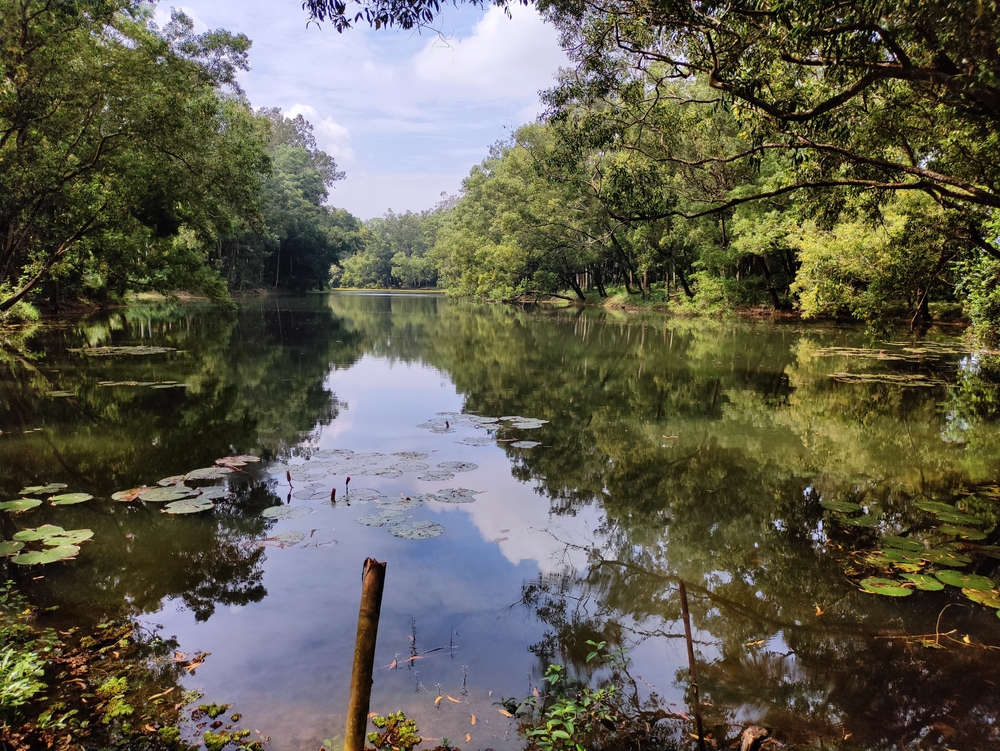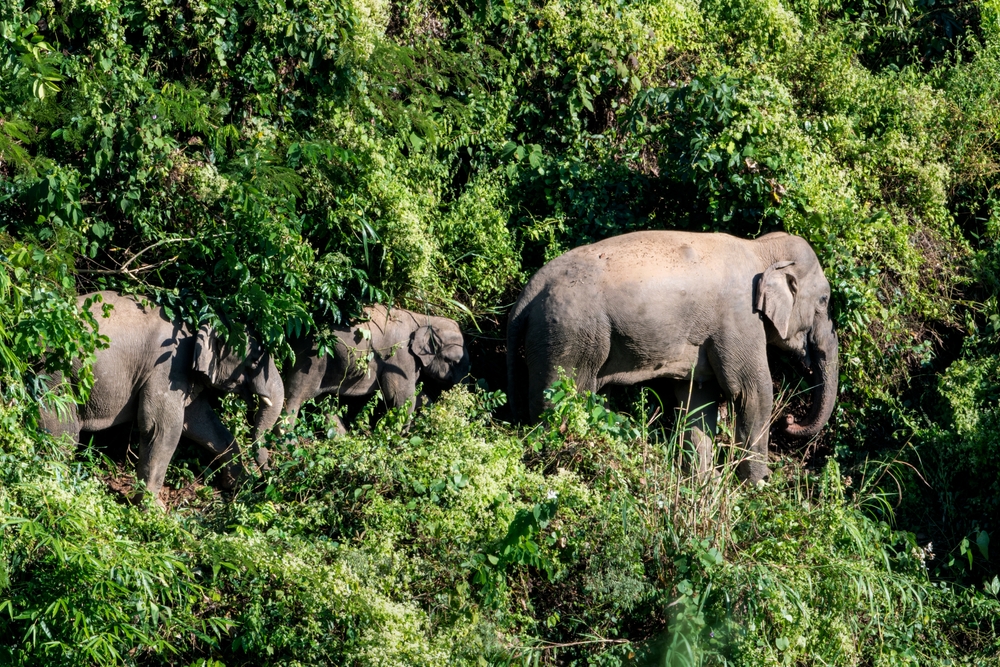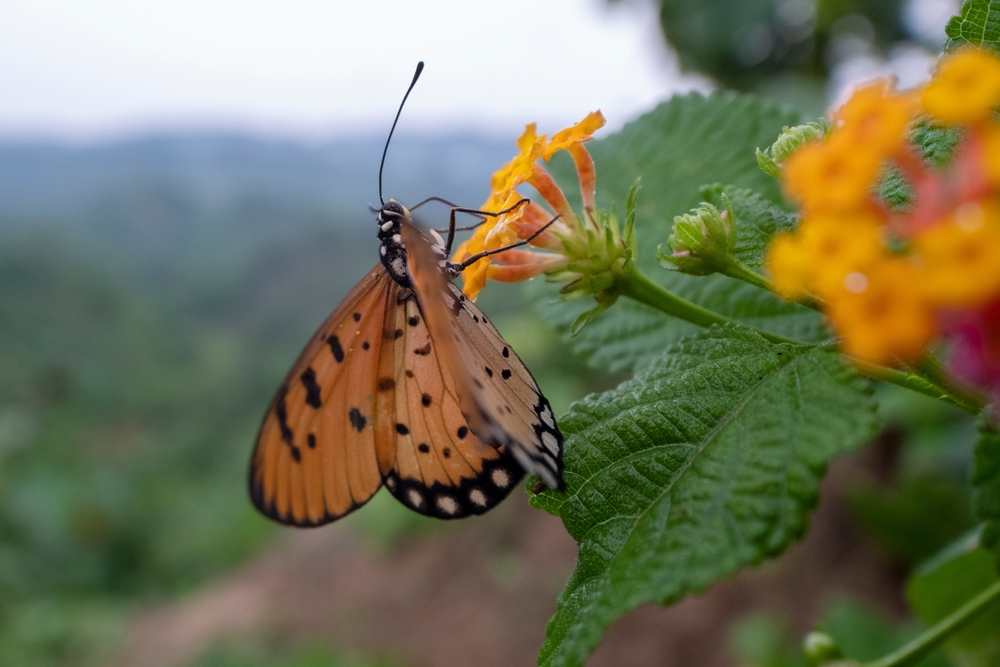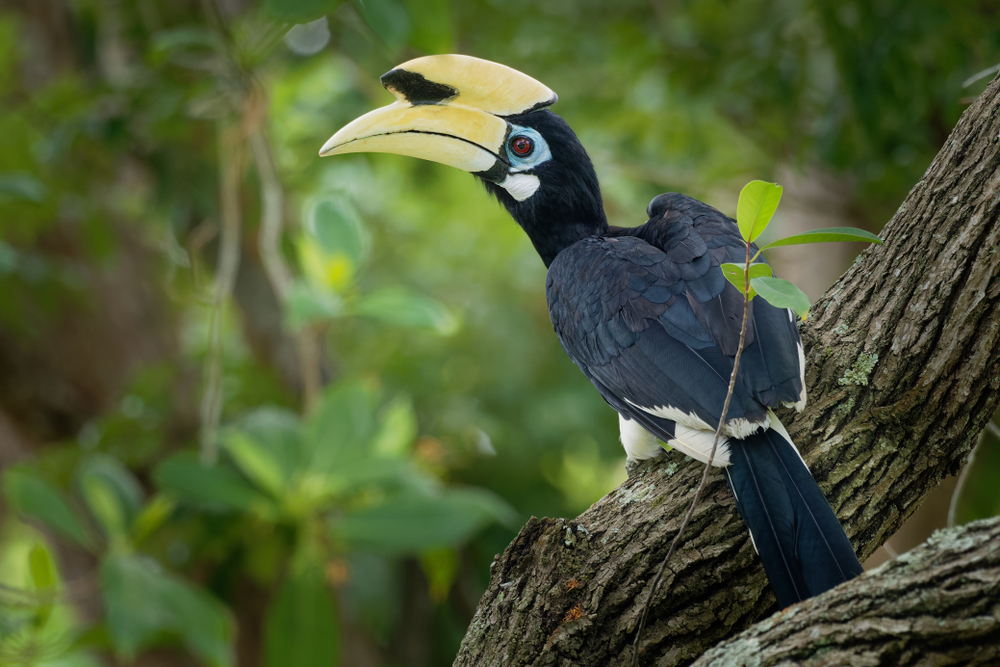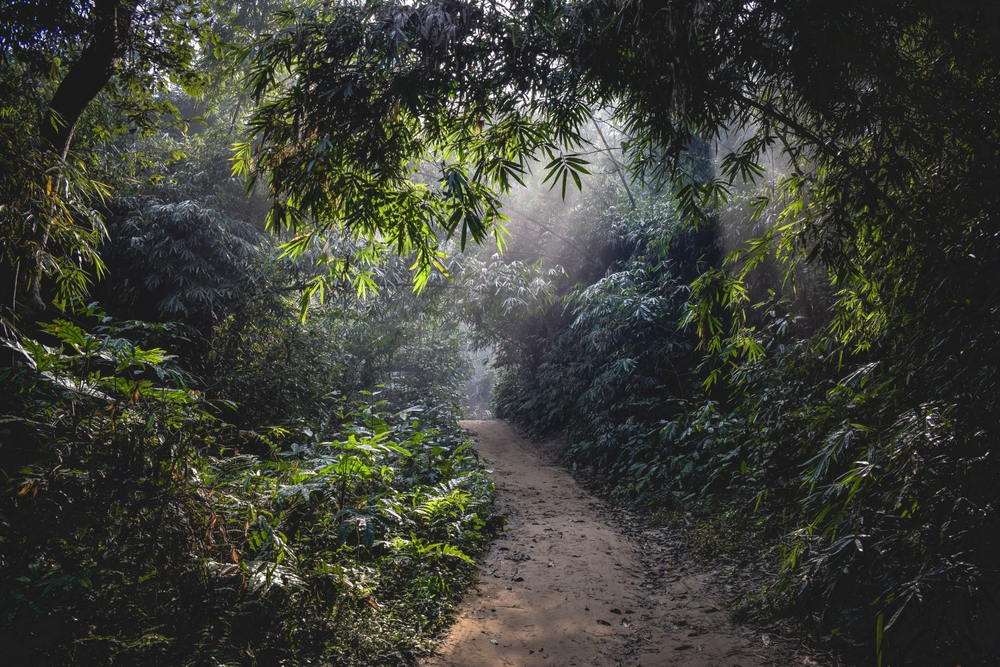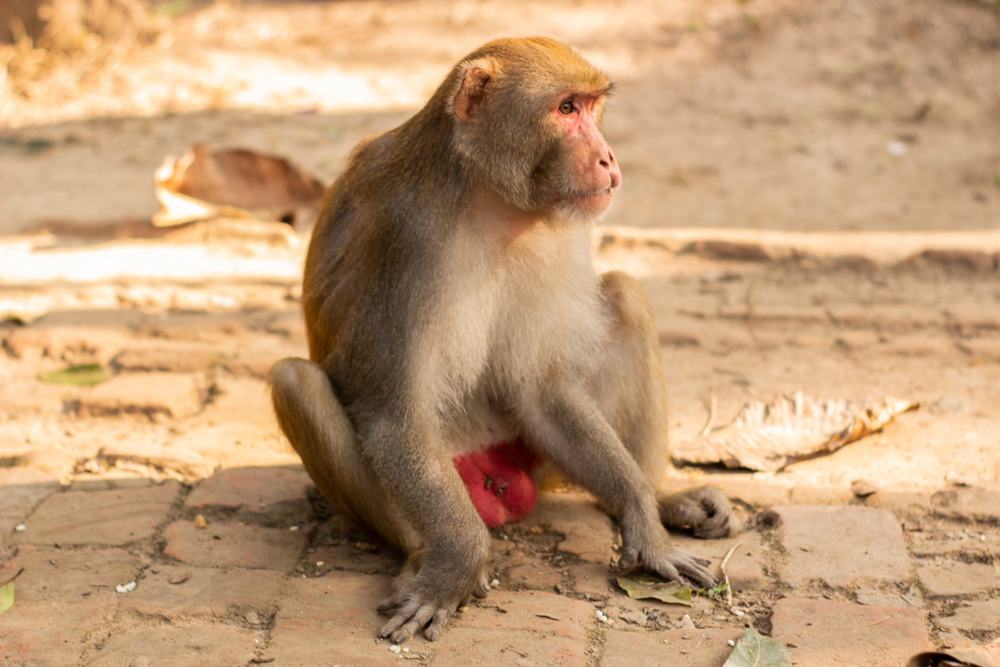Medhakachhapia Overview
Medhakachhapia National Park, located in the southeastern region of Bangladesh, is a lesser-known yet captivating natural haven that spans approximately 1.17 square miles (3 square kilometers). This small but ecologically significant park is part of the Chattogram Hill Tracts, known for its undulating terrain, lush vegetation, and tranquil ambiance. Medhakachhapia serves as a reminder of the country’s rich biodiversity and the urgent need for conservation in the face of encroaching development.
The park’s terrain is characterized by rolling hills, dense forests, and patches of grassland. Its vegetation includes a mix of native and introduced plant species, with tall trees such as garjan (Dipterocarpus spp.) and teak (Tectona grandis) dominating the forest canopy. Beneath the trees, a variety of shrubs and herbaceous plants create a multi-layered ecosystem that supports a wide range of wildlife. Medhakachhapia also features streams and small water bodies that provide vital resources for its flora and fauna.
Wildlife in Medhakachhapia National Park is diverse despite its modest size. The park is home to mammals like the Indian muntjac (barking deer) and small carnivores such as civets and mongooses. Its birdlife is especially vibrant, with species such as kingfishers, woodpeckers, and parakeets frequently sighted in the forest. Reptiles, including lizards and snakes, are also part of the ecosystem, contributing to the park’s ecological balance.
Visitors to Medhakachhapia can engage with the park in various ways. Nature trails wind through the forest, offering opportunities for birdwatching, photography, and immersive exploration. The serenity of the environment makes it an excellent destination for those seeking solitude and a deep connection with nature. Local guides often provide insights into the park’s ecology and history, enriching the visitor experience.
Despite its beauty, Medhakachhapia faces challenges common to many protected areas in Bangladesh. Deforestation, illegal logging, and human encroachment threaten its delicate ecosystem. Conservation efforts focus on reforestation, wildlife monitoring, and community engagement to raise awareness about the importance of preserving this natural treasure. Local involvement in conservation activities is crucial, as the surrounding communities play a significant role in maintaining the park’s ecological integrity.
In summary, Medhakachhapia National Park may be small in size, but it is rich in natural beauty and ecological significance. Its rolling hills, vibrant vegetation, and diverse wildlife make it a hidden gem worth exploring. While it faces challenges, ongoing conservation efforts and community participation offer hope for its future. Visitors to Medhakachhapia can experience the tranquility and biodiversity of Bangladesh’s Chattogram Hill Tracts while supporting the preservation of this unique environment.








































































